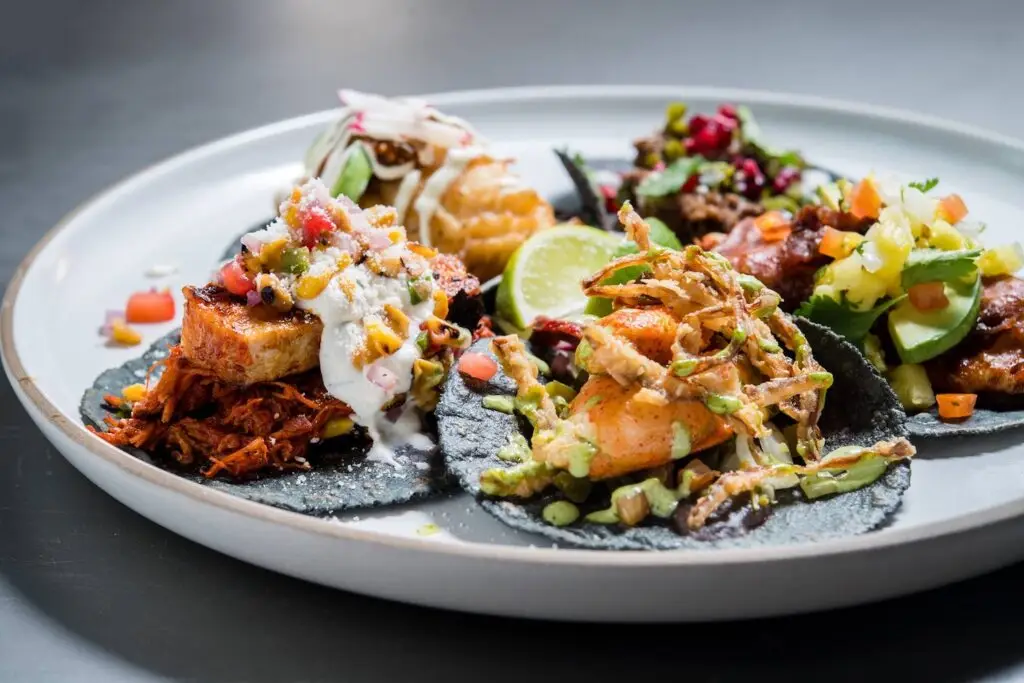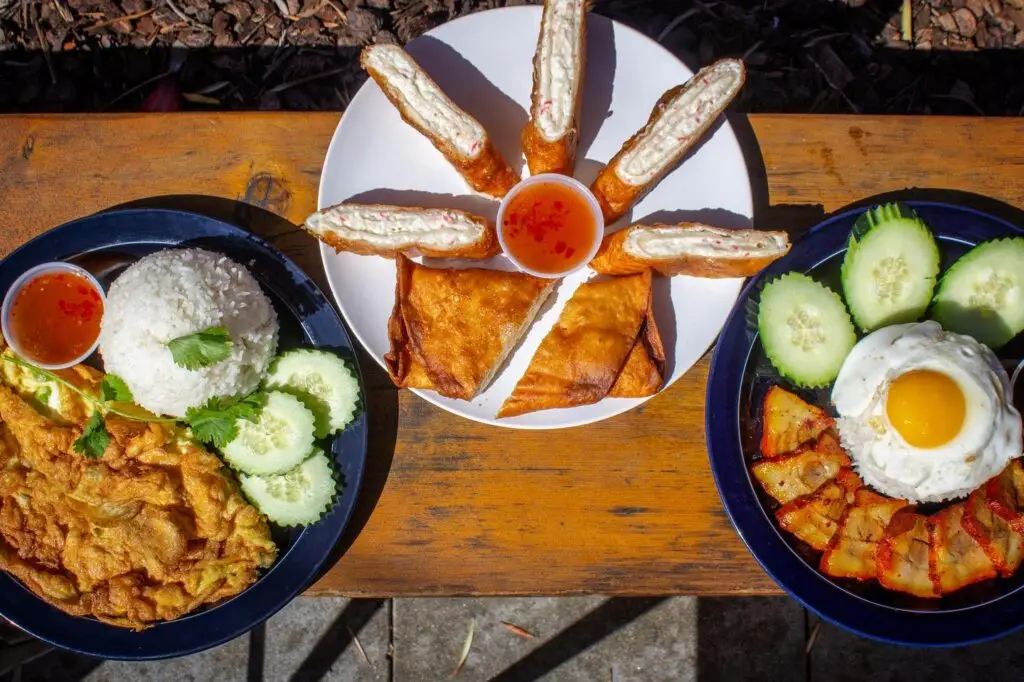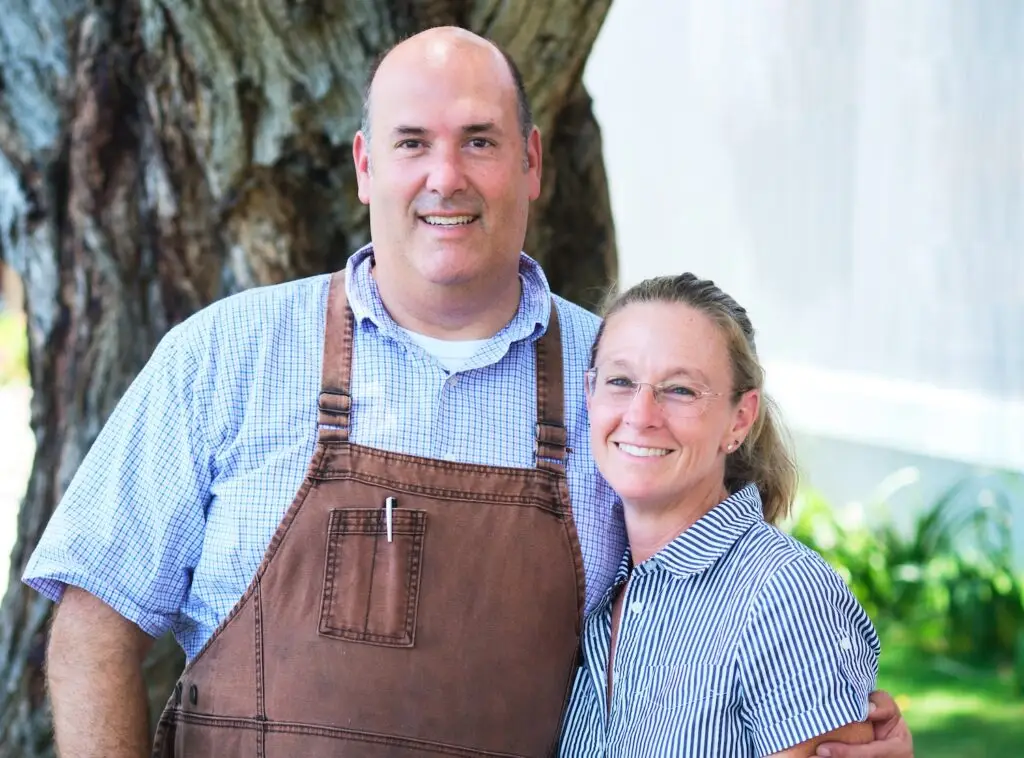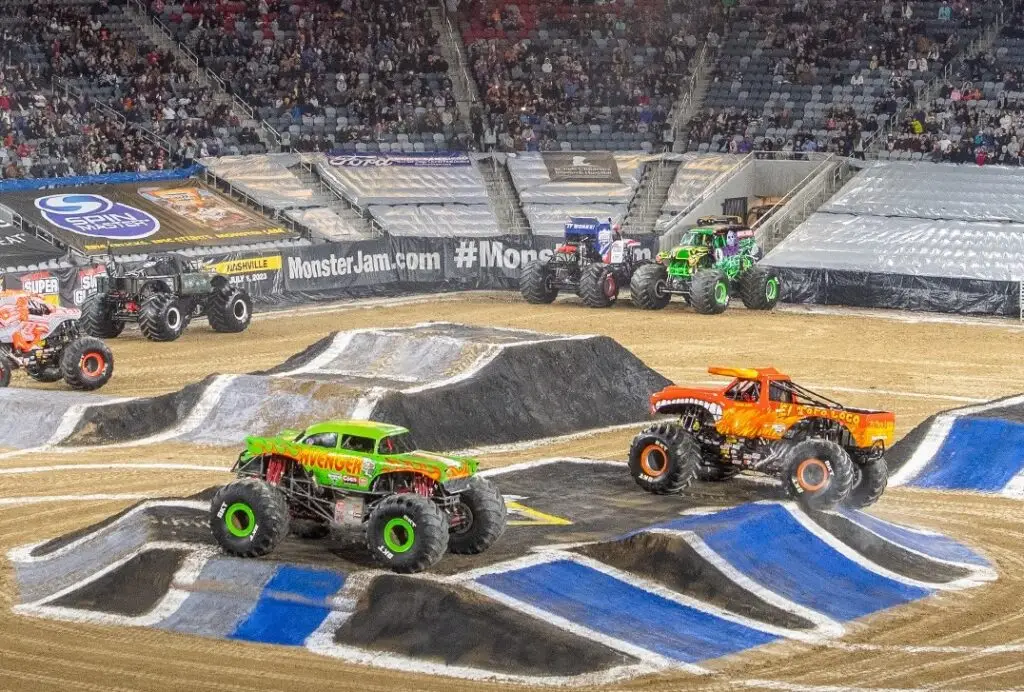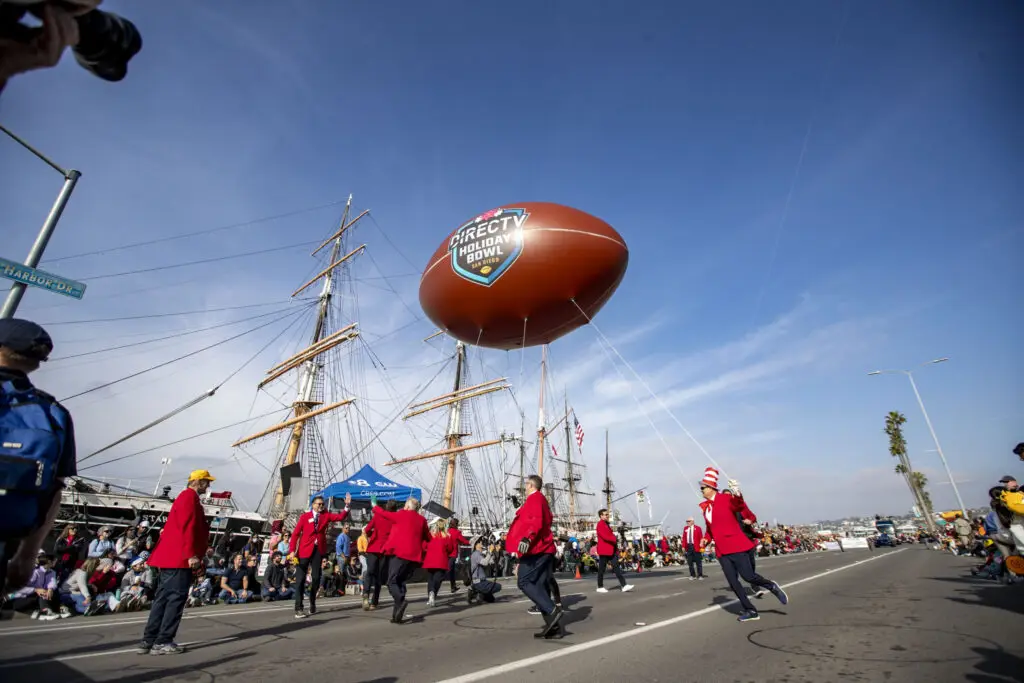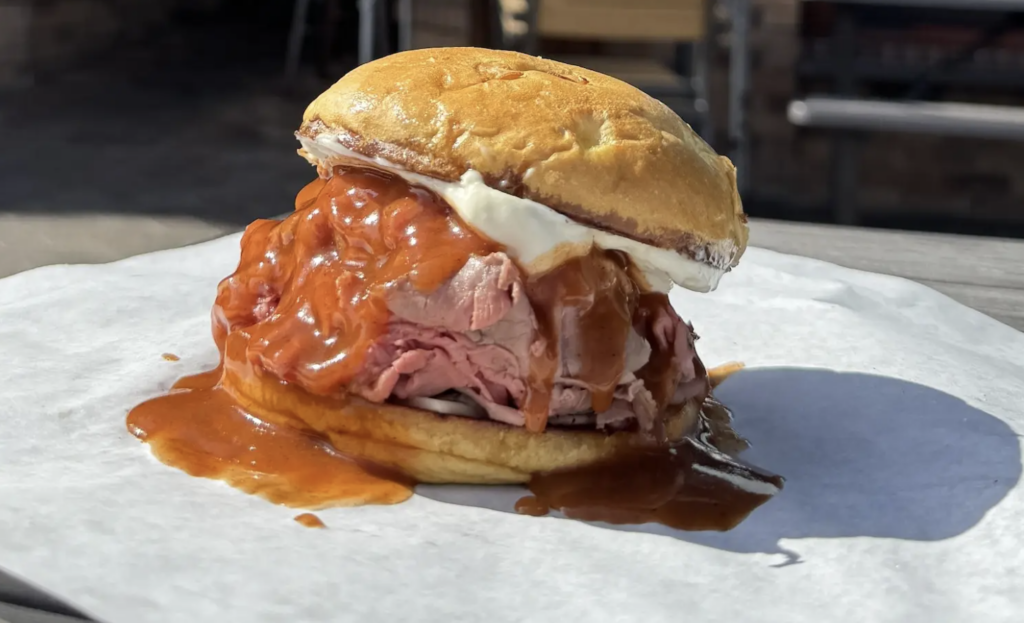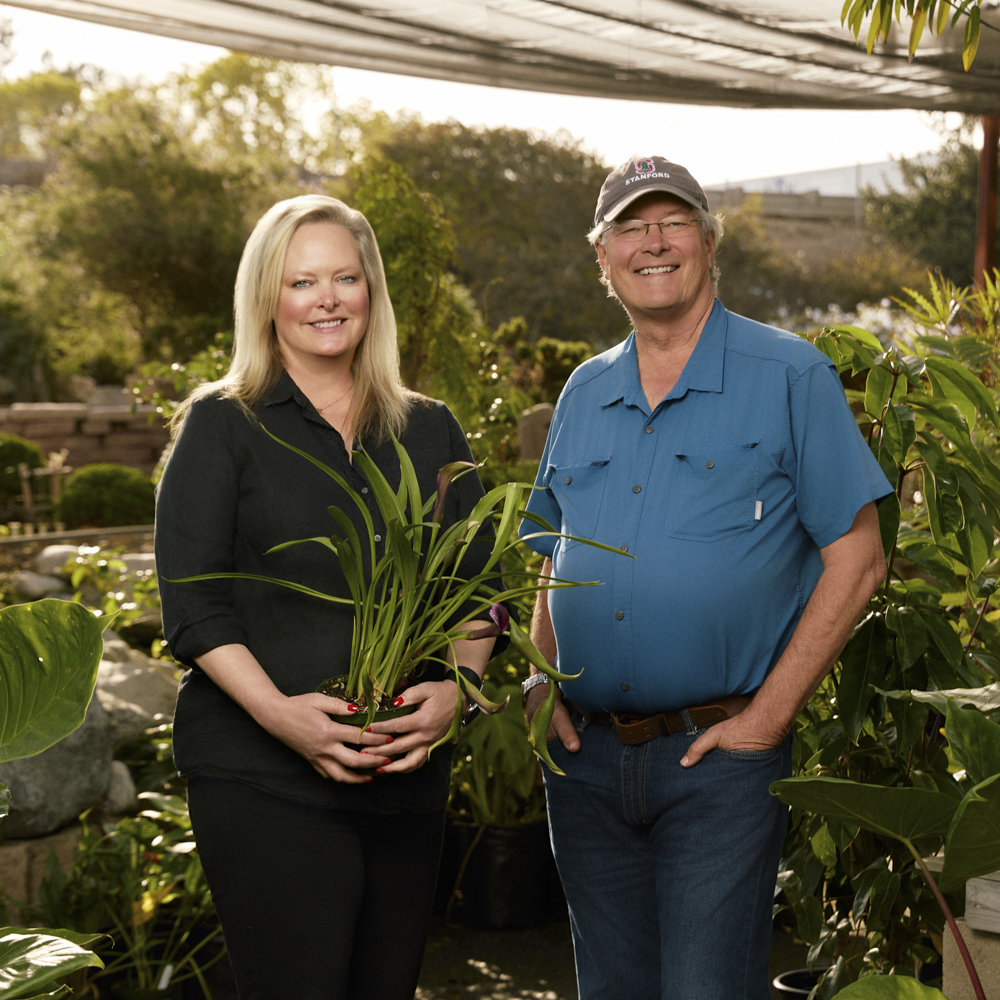With a slam of his white Ford F-150 door, sprayed a light brown from the west side of Maui’s infamous red dirt, Kai McPhee makes his way into the highly restricted burn zone of Lahaina. In a land of scorched earth and questions, McPhee’s thoughts are of a tree that needs tending.
We head down the hill toward the beachside, residential compound of Puamana, or what’s left of it. Swaths of that same red dirt, patted down and neatly mowed, are all that remain on the lot where McPhee’s home once stood. But there by the shoreline, amongst dried grass and blackened trunks: a small palm tree with overeager fronds. McPhee inspects the green leaves and nods. He planted this tree on his son’s first birthday—a year to the day before the August 8, 2023 Lahaina fires—and, thanks to his efforts, it has survived.

McPhee sits next to the surviving tree he planted on his son’s first birthday.
“This tree was the first little glimmer of hope,” he says. Lahaina—for those uninitiated by way of family vacation or honeymoon—is a beloved small town on the island of Maui. Before last August, it was home to just under 13,000 people. The original capital of the kingdom of Hawai‘i, Lahaina was a boomtown in the 19th century for the whaling industry, opening itself up as a major port for Western culture and trade.
But last August, a perfect storm—winds from Hurricane Dora, unmaintained grasslands, outdated infrastructure, and, some might say, county negligence—devastated Lahaina with the deadliest wildfire in US history. The disaster claimed more than 100 lives, affected over 2,200 structures, and resulted in approximately $5.5 billion worth of damages, according to the Federal Emergency Management Agency (FEMA)’s Preliminary After-Action Report.

Budding new life surrounds a destroyed apartment building.
Now, a year later, with cleanup technically ahead of schedule, Lahaina still has a long way to go. Major questions remain and myriad opinions conflict on what the town should become and how it’s being handled in the interim. Tourism, for better or worse, was the backbone of Lahaina’s past. Will that be its future?

Local chef Naiwi Teruya says Lahaina needs time to heal.
Seated on his girlfriend’s couch, Naiwi Teruya, the former executive chef of Lahaina restaurant Down the Hatch, clears his throat and tugs at the collar of his red “Lahaina Strong” t-shirt. Nearly a year ago, in a pair of rubber slippers, he fought for his life through 90-mile-per-hour winds. “I couldn’t even walk in that fucking wind. I barely made it out,” he says. “I lost everything.”
Like many people in town, Teruya, who says he’s an 18th-generation Lahainan, is still reeling.
“People were killing themselves right after the fire. But I lost my friend two months ago. That’s how bad it is. It’s still bad,” he says.

Children’s artwork along Honoapi‘ilani Highway in the devastated neighborhood of Wahikuli.
Teruya helped run one of the locally managed “Kanaka Costco” distribution hub centers immediately after the fire, providing much-needed supplies. As the recovery efforts move forward, he is concerned about big issues—like who will get access to Lahaina’s precious water and whether the county is fulfilling its responsibility to its residents.
“I feel very sad, mostly,” he continues. “The fact that they’re ahead of schedule is some good news. But you’re constantly being reminded of the things that are not there anymore. It never stops.”

Mala’s “Practice Aloha” sticker makes an appearance on Front Street signage.
Though many iconic places have been wiped out, some have survived. Mala, a sister restaurant to Teruya’s Down the Hatch, sits at the northern end of Front Street, Lahaina’s historic, waterfront drag. Mala survived the fire completely intact and had the weighty privilege of being the first restaurant to reopen in town.
“[We opened] so these guys could come back to our community and have a place to eat and we could generate that little bit of healing,” says Mala co-owner Rob Pharrell.

A burnt lot on the waterfront side of Front Street awaits debris removal.
As McPhee and I make our way along what remains of Front Street, few buildings stand unscathed, while others are razed or totally unrecognizable in the rubble. Mynah birds make nests in the courthouse windows, prime real estate along the harbor with million-dollar views of Molokai and Lanai. With so many buildings downed, you can see the expanse of the town. The famous landmark Banyan Tree—nestled between the harbor, the courthouse, and King Kamehameha III Elementary School—still stands, though hunks have been chopped away to save her, a mission dear to McPhee.
After McPhee’s first trip to the burn zone, where he found his son’s tree had survived, he founded his nonprofit, ReGreen Lahaina, to rescue the area’s some 30,000 trees. McPhee goes into the burn zone with a water truck, nourishing the surviving flora. It’s a natural pivot from his former work as owner and farmer of Punakea Palms, a coconut farm that offered tours and education in nearby Launiupoko.
“I haven’t made one cent since the fires,” he says. He and his family are still dwelling in a hotel. “FEMA is paying $12,000 a month in rent for us to live in a concrete box.”
This summer, Mayor Richard Bissen signed in a $1.7 billion budget for the county of Maui, providing more than $300 million in grant revenue and funding. FEMA will continue covering the exorbitant fees for residences like McPhee’s until February 2025. Then? “My family and I are on the street,” McPhee says.

Kimo Clark of Truth Excavation has become a social media spokesman for all things Lahaina.
Kimo Clark, the owner of the construction company Truth Excavation, hopes to keep as many families as possible from that fate. Clark documents his role in the cleanup efforts on his Instagram account @tru.xlife. After the camera crews and journalists left Maui, Clark decided to use his platform as a broadcast for all things Lahaina. Personally, he’s been through a lot.
“I have every perspective of being in the fire,” he says. “Losing my home, losing a part of my business, being involved in the fire from the very beginning, every step of the way—from search and recovery to hazmat removal to demolition.”
Clark says the cleanup is months ahead of schedule, which should allow more Lahaina residents to apply for building permits. The county has accelerated this process—a once-300-business-day ordeal now takes about 15 days, helping alleviate the area’s acute housing crisis. Still, the County of Maui and the University of Hawai‘i Economic Research Organization estimate that approximately 4,000 residents have moved away since the fires.

Chef Lee Anne Wong, whose Lahaina restaurant was destroyed last year, selects fresh produce at the upcountry Okoa Store.
Though her Lahaina eatery Papa’aina burned down in the fires, Top Chef alum, restaurateur, and 10-year Hawai‘ian resident Lee Anne Wong believes that housing needs to be prioritized. “Who’s going to run your Disneyland if nobody can afford to live here?” she says. “You know, there’s literally no housing for the workforce.”
She’d like to see the county let indigenous residents lead. “I would hope that Native Hawai‘ian groups all have voices at the table when it comes to how Lahaina is going to be rebuilt,” she adds.

The remnants of a Front Street shopping center.
As rebuilding begins in earnest, questions remain about the role tourism should play in the future of Lahaina’s economy.
Kim Ball is a 44-year resident of Lahaina, the owner of Hi-Tech Surf Sports, and the former wrestling coach of Lahainaluna High School. A month after the fires, Mayor Bissen called him, asking him to head economic development as part of Bissen’s Lahaina Advisory Team.
“What’s gonna happen to Front Street?” Ball wonders. “Build and rebuild [in] the same [architectural and commercial] style it was before? I know a lot [of people] want to see that. I think there needs to be more emphasis on getting, whether we like it or not, tourism as a driver.”
But not everyone feels that way. “Lahaina is beat up,” Teruya says. “We gotta let her rest and heal. And I feel like, a lot of times, we don’t do that. Hawai‘i’s cancer is tourism, so it’s good, in a sense, that it’s gone.”

One of the many memorials to those lost in the fires.
Perhaps there’s the rub. The fires have brought to the surface tensions that have long been a part of life in Lahaina. Many locals agree with Teruya that the Lahaina of the future would be better off with less of an emphasis on tourism, while others simply want to get back to a sense of normalcy as fast as possible.
Clark of Truth Excavation acknowledges this ache. “I know we have to have the tourist thing. 100 percent not against that. But let’s not cater only to tourists,” he says.
Teruya has a bigger-picture vision. “I feel like maybe there’s a hybrid version, where culture, recreation, education, and knowledge can be even more incorporated into [tourists’ vacations],” he says. “Because I know for a fact that a lot of people that visit here want to learn more about the culture.”
PARTNER CONTENT

Teams are steadily removing Lahaina’s dead trees.
Meanwhile, ReGreen Lahaina’s McPhee is doing what he can, letting his approach unfold one new leaf at a time. “I felt really guilty about this almost unrestricted access to this healing process,” he says of going daily into the burn zone. “But the mission is … [giving] life back to these trees that [Lahainans have] spent their whole life under.”
As Lahaina’s trees grow in the aftermath of unprecedented devastation, the future of the town remains obscure. The smoke has cleared, but the vision is still hazy.
